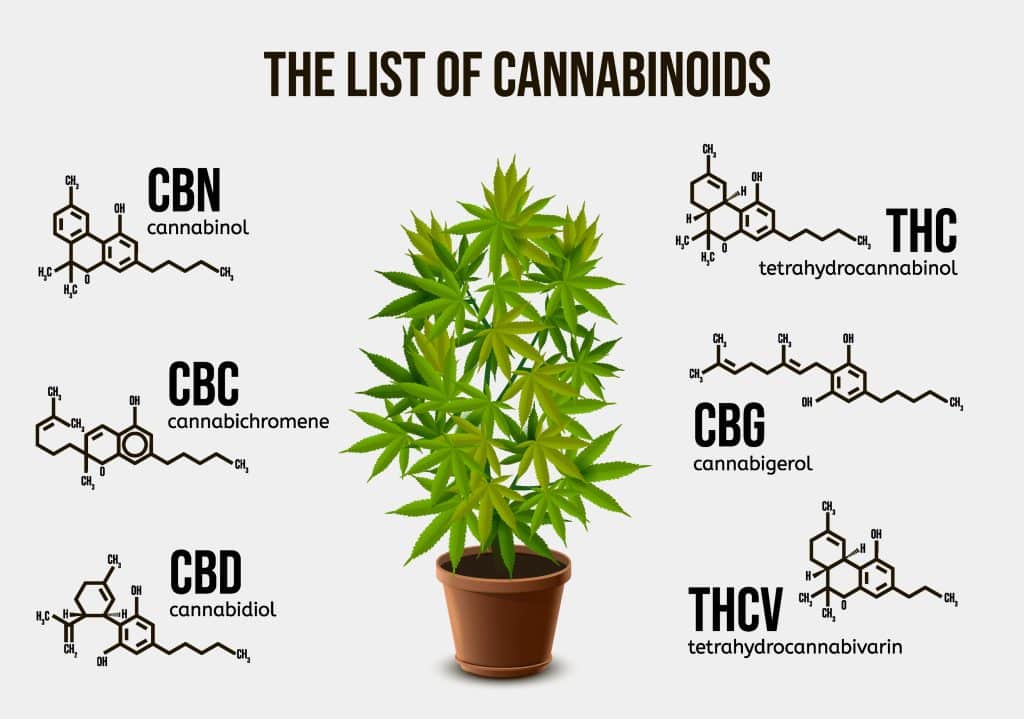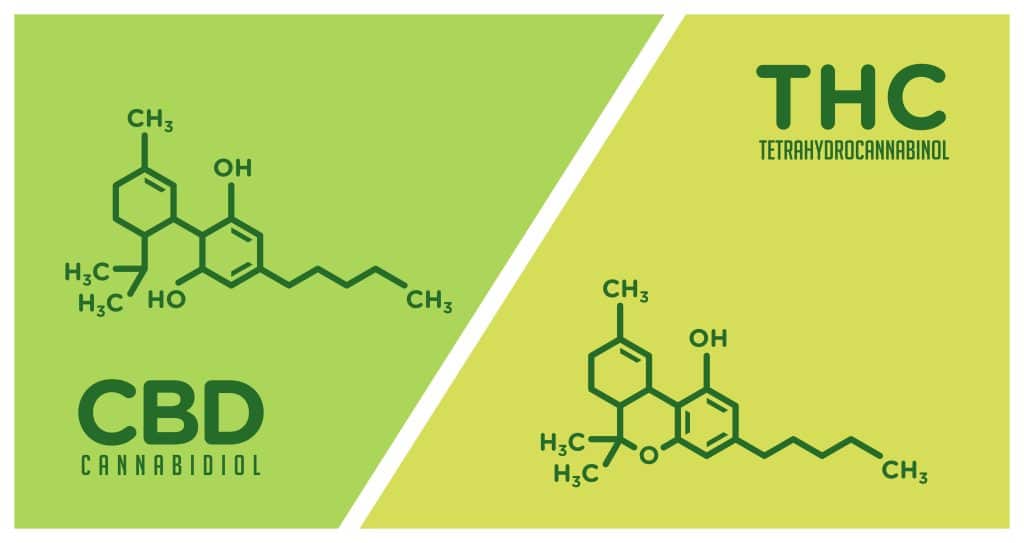Dr. Adán de Salas Quiroga PhD is a neuroscientist and cannabis researcher with a background in the biology of the endocannabinoid system and the potential of medicinal cannabis. He did his PhD at Complutense University of Madrid where he spent 10 years researching the therapeutic application of cannabinoids on cancer, neurodegenerative disorders and brain development.
Dr. de Salas is particularly interested in creating frameworks for high quality education and support for the medical community in a broad range of aspects related to the field of medicinal cannabis. He sees the slow uptake of cannabis therapy by doctors as a disservice to the thousands of patients the plant can help. He’s currently dedicated to sharing his knowledge in a way that contributes to the development of a safe and trustworthy medical cannabis community.
QUESTION: You worked as a cannabis researcher for many years. How would describe what you do today, and how it can benefit the industry?
I very much enjoyed my work as a researcher but after some time I realized how divorced our work was from the application of the therapy. In fact, I found working in a laboratory to be quite isolating. I wanted to get out into the field and be involved in the application of the therapies. Today, I mostly work in a consultancy role for medical cannabis companies advising on clinical translation, which means the creation of substantial clinical trials to prove efficacy. But actually, the goal is the same: to advance the medical research and application of medicinal cannabis.

What we have right now are polar extremes, insofar as people are either super pro-cannabis or totally against it. And in my opinion, those who say that cannabis is a cure-all and can be used for everything are just as bad as the people who criticize it. There’s no question that cannabis is potentially an amazing tool but we also have to consider what is realistic, and what are the contexts in which the use of cannabis is advisable. I see cannabis being a catalyst for a change in the medical paradigm, pushing open the door to personalized medicine, which is the opposite of the traditional allopathic medical practice.
QUESTION: Right now, doctors are slow to prescribe cannabis to patients. What model do you see in place in the future that helps doctors overcome this reluctance to work with cannabis?
What’s needed now are facts, information and education. Already in countries like the U.S., Mexico, Uruguay and Argentina, there are certified medical cannabis programs available to the medical community. Something similar is needed in Europe. I would like to see the creation of a program dedicated to doctors, a program that is shorter than a Masters and forms part of their continuing medical education. That way, it could be included in a credit system that’s recognized by an official medical institution.
QUESTION: When it comes to cannabis, how can doctors navigate the line between advocating for therapy and the patients who specifically request medical cannabis therapy?
I believe this is a mixed decision between the doctor and the patient. I see this with other drugs. For example, there are some drugs that only a doctor can prescribe, so the patient goes to the doctor that can prescribe that drug. There’s always the possibility that people will take a prescription drug against the advice of their doctor, or even the other way around. In my opinion, cannabis should be another tool for both patients and doctors. To have change, both communities must have enough education about the potential of it and also the way to use it. The thing about cannabis is that there is no single dose that’s going to work for everyone, not even for the same indication. The dose is the determined by the patient. Plus, medical cannabis comes with its own set of side effects, and we also have to be able to take those into consideration.
Thank you for making your way over. Remember to sign up for the Cannadelics Weekly Newsletter for updates direct to your email; and to access deals on stuff like cannabis flowers, vapes, edibles, smoking devices, cannabinoid compounds (like HHC), and way more. Tis the season to get good and stoned. Responsibly.
QUESTION: Let’s get medical. What is the endocannabinoid system (ECS) and what function does it serve in the body?
The first thing to know is that the ECS is present, in varying aspects, in all animals with the exception of insects. It’s the main molecular target of phytocannabinoids, the cannabinoids found in the cannabis plant. But most important, it’s a molecular system that helps to translate information from the outer part of the cell to the cell. Basically, it’s a communication system but the type of information that it can transmit is quite different depending on the type of cell it’s communicating with, for example an endocrine cell versus a neuron. And it will have a different effect on the cell depending on which cell it’s communicating with. So, it’s very dynamic depending on the cellular context.
The whole system is complex but we have identified four groups of molecules, the first of which includes endocannabinoids such as anandamide and 2-arachidonyl glycerol (2-AG). Next are the cannabinoid receptors CB1 and CB2, but the expression of these receptors changes very much depending on the cellular context, the tissue and the physiopathological state. A certain type of tissue could express a small amount of cannabinoid receptor but in a physiopathological state could express a very different amount of receptors. Again, it’s very dynamic. Next are the metabolic enzymes, which are necessary for the biosynthesis and degradation of the endocannabinoids, and play a vital role in the overall system.
As I mentioned, the ECS is a system that translates information, and in order for this information to transmit a coherent message, it needs to be very tightly controlled in time and space. This is achieved through tight control of biosynthesis and degradation of the endocannabinoids. This is the job of the enzymes, and their action ensures the effects of endocannabinoids are localized in a specific area. There are different enzymes for each group of endocannabinoids. And then the fourth group of molecules is called allosteric modulators, which are lipid compounds that up and down-regulate the signaling of cannabinoid receptors. All of these four elements working together are what we call the endocannabinoid system.
It controls an extensive list of functions because of the presence of some element of the ECS in every organ tissue in the body. Though its functions are diverse, we can say generally its job is to maintain homeostasis, the balance of the physiological system in harmony with the internal and external environment, which is constantly changing. Within the central nervous system, the main role of the ECS, in particular, CB1, is as a retrograde neuromodulator to regulate homeostasis, which has numerous effects on the rest of the body. Ultimately, the ECS controls many functions such as metabolism and pain, and many more.
QUESTION: What is the role of Fatty Acid Amide Hydrolase (FAAH) in metabolism of endocannabinoids?
The main job of this enzyme is the degradation of anandamide in order to maintain homeostasis. As I said, this is a communication system, and it works by transmitting a signal to one place but not another in order to modify the physiology of a cell, which could cause it to produce more of a certain factor, to start migrating, to produce more protein or release cytokines. So, FAAH is conditioning certain physiological mechanisms. For example, there’s a high level of FAAH in the uterus where its role is to control levels of anandamide in order to ensure successful implantation of an embryo.
QUESTION: Can you explain the metabolism of endocannabinoids and how it differs from metabolism of THC?
Endocannabinoids are mainly degraded by enzymes, for example, anandamide is degraded by FAAH and 2-AG is degraded by monoacylglycerol lipase (MAGL). However, when we talk about phytocannabinoids, the cannabinoids that come from the cannabis plant such as THC and CBD, they are mostly metabolized by a group of enzymes called cytochrome P450, a huge family of enzymes found in the liver. Those enzymes are responsible for metabolizing and degrading all drugs and toxins that people take. Essentially, endocannabinoids are fats that are metabolized locally, whereas phytocannabinoids are terpenophenols.
QUESTION: Can you explain why the medical applications of THC and CBD vary?

While they share some characteristics, they act through different mechanisms depending on their molecular targets. The pharmacology of these compounds is complex but, for example in the case of THC, we can say that most of the action of this compound depends on its binding to cannabinoid receptors. THC is called a partial agonist of the cannabinoid receptor, which means it can bind to the orthosteric pocket of the receptor, in effect fitting into it the same way a key fits into the keyhole of a lock.
However, CBD cannot do this because its molecular structure has no affinity to this “keyhole,” and therefore cannot bind to the receptor the same way THC does. But CBD is able to enter the “keyhole” of other receptors such as PPAR-gamma and TPRVI, and it has an indirect effect on the ECS. Some studies suggest that CBD is also able to inhibit FAAH, which means that CBD could up-regulate the ECS. So, THC and CBD have different pathways. For instance, the psychotropic effects are caused by the activation of CB1 receptors in the brain. As CBD is not able to activate these receptors, it’s not psychotropic. But it does work on cells in the immune system, which is why it’s anti-inflammatory.
QUESTION: You did your research on cancer, neurodegenerative disorders and brain development. How can cannabis therapy help these conditions?
Given the importance of the endocannabinoid system for the development of the brain, it’s possible that a dysfunction in the ECS could be involved in the development of certain pathologies such as epilepsy and autism. It’s believed that these pathologies are established during embryonic development though they manifest in later years for both children and adults. If we can identify the underlying dysfunction in the embryonic stage, it could be very interesting for future treatment courses. But this is a very complex process, and a lot of work needs to be done before any applications are possible.
We know a lot more about neurodegenerative disorders, and I believe there is a definite application for controlling the progression of the disease and treating conditions such as Huntington’s disease, which is what we study in our lab. In terms of cancer, till now we know that cannabinoids are beneficial in palliative care, helping patients manage appetite and pain. However, we have researched the antitumoral properties of cannabinoids, and this is something that shows great promise for the future. What’s needed now is clinical studies on the antitumoral action of cannabinoids on different types of cancer.
This interview has been edited and condensed.
Welcome all! Thanks for joining us today at Cannadelics.com; a news site where we work hard to bring you the best reporting from the cannabis and psychedelics spaces. Drop by regularly to stay updated on everything going down, and subscribe to the Cannadelics Weekly Newsletter, so you’re never late to get the news.









